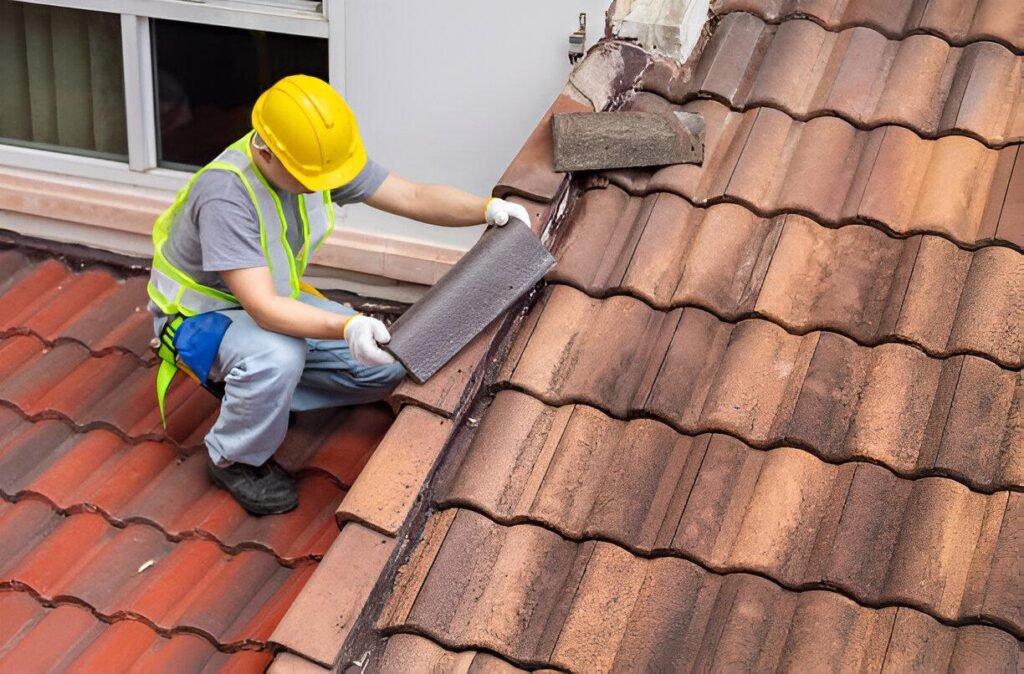Architectural shingles are an increasingly popular homeowner’s choice due to their strength, beauty and their capacity to stand up to severe climate conditions. But, just like every roof material, these come with a life span, and knowing when it is time to be replaced is vital to protecting the quality of your house.
Lifespan of Architectural Shingles
The majority of Architectural Shingles come with the lifespan of between 25 and 30 years, based upon various aspects like conditions, the quality of the installation and even maintenance techniques. Sometimes, top-quality roofing materials can last for a longer time However, it’s important to monitor their condition as they get older. Regular inspections will help you spot potential issues earlier and allow homeowners to act prior to major repairs being required.
Factors Influencing Replacement Frequency
Many factors influence the frequency at which architectural shingles need to be replacement. Conditions in the weather play a major part; regions with high temperature, frequent rain or frequent storms could require regular replacement. In addition, the quality of the installation as well as the roofing materials themselves may affect the longevity of. Employing skilled contractors and using premium materials can prolong the lifespan of your roofing.
Signs Your Shingles Need Replacement
homeowners should be looking for indicators that indicate it is the time to change architectural roofing. The sagging or curling of shingles or granules being lost, as well as obvious damages and missing or damaged shingles can be all clear signs of wear and tear. If you observe significant damage, you need to speak with an skillful roofing contractor to evaluate the issue and decide the need for replacement. In the absence of these warning signs, it could cause more severe damaged, which will improve the cost of repair.
The Importance of Regular Maintenance
Maintenance is vital to prolonging the lifespan of the architectural shingles. Simple chores like washing gutters, clearing debris and trimming branches that hang overhanging are able to prevent damages from water dropping and pooling. In addition, regular inspections conducted carried out by professionals well-qualified could help spot potential problems before they become serious and allow for prompt repair as well as replacements.
Impact of Climate on Shingle Longevity
The climate has a significant impact on how frequently architectural shingles need to be changed. For areas experiencing severe winters, shingles could get sucked into heavy snowfall and ice dams that can lead to wear. In contrast, areas with high temperatures and high humidity could accelerate the deterioration of shingles due to the sun’s rays and humidity. Owners of homes should be aware their climate in the area and the way they affect the roofing materials they use.
Budgeting for Replacement
Making plans for a shingle replacement will help homeowners control the cost energetically. Although the initial cost might seem overwhelming replacement of shingles appropriate time will prevent structural and water damage later on. homeowners should think about putting aside money for repair and replacement to help avoid any financial burden in the event of.
Choosing Quality Shingles
For roofing materials for architectural use, the quality is important. By investing in quality materials, you can increase the longevity of your roof as well as lower the number of times you need to replace. Choose shingles that come with a long-lasting warranty, as well as good reviews from homeowners. Talking with a roofing professional can help you guide your selection and assure that you select the excellent option for your home.
Factors That Affect Shingle Longevity
The life span of architectural shingles could be affected by a variety of elements. extreme weather conditions like intense winds, heavy rain as well as intense sun could create wear and tear with the course of. Furthermore, regions that are prone to ice and snow can be faced with unique problems, for example the formation of ice dams, which can cause damage to the shingles. Making sure that the installation process is completed properly is essential; improperly fitted shingles may cause leaks, which can boost the need to replacement.a
The Role of occupational Inspections
The hiring of an competent roofing contractor for routine examinations is essential to determine the time when a roof’s architectural shingles require replacement. They can evaluate the overall condition the roof is in, spot things that aren’t obvious to the naked eye as well as favor the accurate options for repairs or replacement. The proactive method can reduce the cost of homeowners over the long term because minor problems are prevented that could become major concerns.
Maintaining Your Roof for Longevity
In order to prolong the life of architectural shingles, frequent maintenance is vital. Cleaning the gutters, clearing debris from them, as well as ensuring overhanging branches have been cut to protect them due to falling branches. Also, homeowners should plan regular skillful inspections in order to spot any potential problems before they become serious. When the roof is properly maintained homeowners will take advantage of the benefits of shingles with architectural design for years to come, and avoid the requirement for replacing. The proactive method does not just save money, but also ensures the general strength of your home.
Conclusion,
Knowing how frequently roofing shingles for architectural use need to be replaced is crucial to assure the structural integrity of your house. Inspections regularly, an eye for the signs of wear and proactive maintenance can increase the life of the shingles. If you spot any significant wear or damage take advice from with a competent for advice on the desirable method of making sure your roof stays well-maintained for the years to follow.



More Stories
Build Your Digital Identity with a Website That Speaks for You
Harnessing the Power of Influencersginewuld in Digital Marketing
How to Choose the Best Content Writing Services: Key Factors to Consider